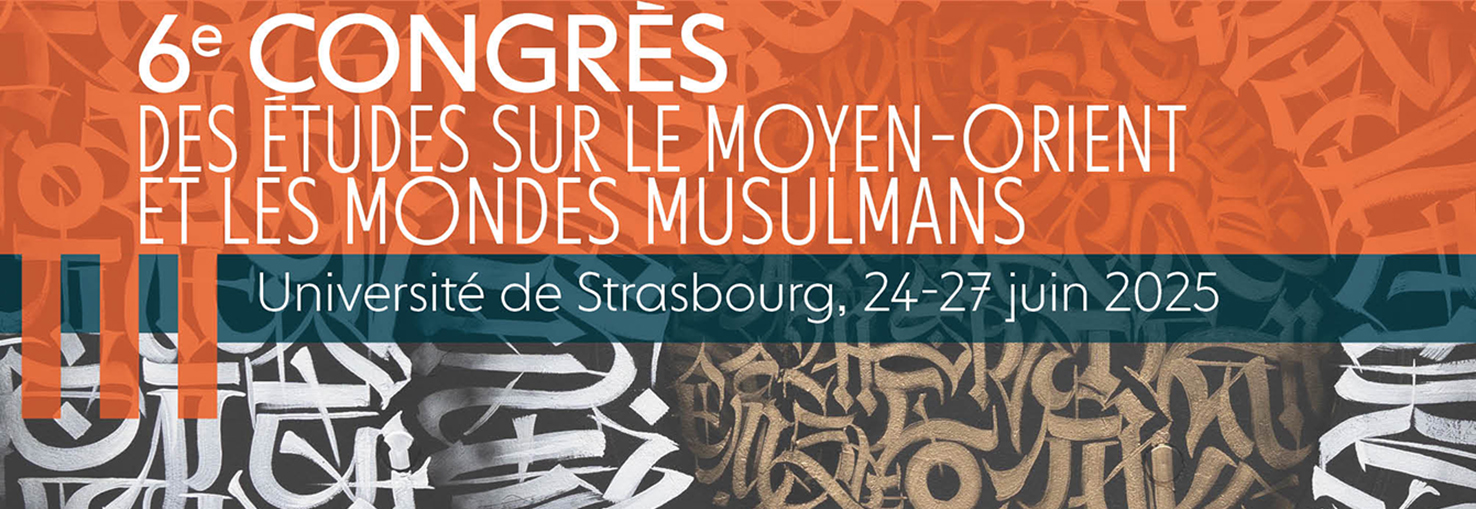Jeudi 26 juin 2025, 8h30-13h, Salle 3202
RESPONSABLES :
Christelle Kabboul (Muséum national d'Histoire naturelle, Université libanaise, UMR 7209 BioArch, Archéosciences, Ifpo Beyrouth)
Elsy Trad (Université libanaise, Ifpo Beyrouth)
DISCUTANTE :
Nada Helou (Université libanaise)
INTERVENANTS ATELIER 1 :
Christelle Kabboul (Muséum national d'Histoire naturelle, Université libanaise, UMR 7209 BioArch, Archéosciences, Ifpo Beyrouth) : L'archéobotanique au Liban : Une discipline en herbe
Archaeobotany in Lebanon: A budding discipline
Carole El Hachem (Université libanaise, Ifpo Beyrouth) : Découverte, fouilles et restitution de quelques sculptures du sanctuaire d'Eshmoun à Saïda, Liban
Discovery, excavations, and repatriation of some sculptures from the Eshmoun sanctuary in Saïda, Lebanon
Graziella Hindi Haddad (Université Toulouse-Jean Jaurès, Ifpo Beyrouth) : Les figurines en plomb de Aïn el jouj : L'histoire fragmentée d'une collection
The lead figurines of Aïn el Jouj: The fragmented history of a collection
Alexandrine Roche (Université Panthéon-Sorbonne, ArScAn, Ifpo) : De la fouille aux archives : Trente ans de redécouverte du patrimoine archéologique à Beyrouth
From excavation to archives: Thirty years of rediscovery of Beirut's archaeological heritage
INTERVENANTS ATELIER 2 :
Elsy Trad (Université libanaise, Ifpo Beyrouth) : Fortifications et stratégies militaires sur la côte libanaise au Moyen Âge
Fortifications and military strategies on the Lebanese Coast during the Middle Ages
Elie Akiki (École pratique des hautes études, Ifpo Beyrouth) : « Architecture spolia » : D'une construction décadente à une nouvelle dimension
“Architectural spolia”: From a decadent construction to a new dimension
Rafah Al Kadi (Université Lumière, Lyon 2, ArchéOrient, Ifpo Beyrouth) : Histoire de l'archéologie dans la région de la Bekaa centrale, plus spécifiquement dans la région d'Anjar
History of archaeology in the Central Bekaa region, specifically around Anjar
Anne-Lise Guigues (Paris 1 Panthéon-Sorbonne, ArScAn, Ifpo) : Histoire des fouilles clandestines et du trafic illicite au Liban au xxe siècle
History of clandestine excavations and illicit trafficking in Lebanon in the 20th century



